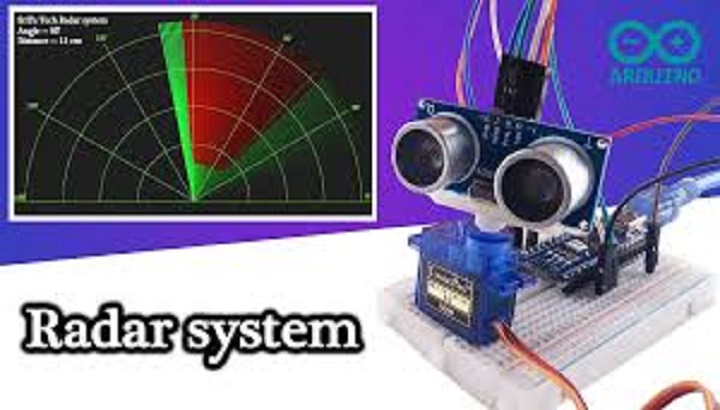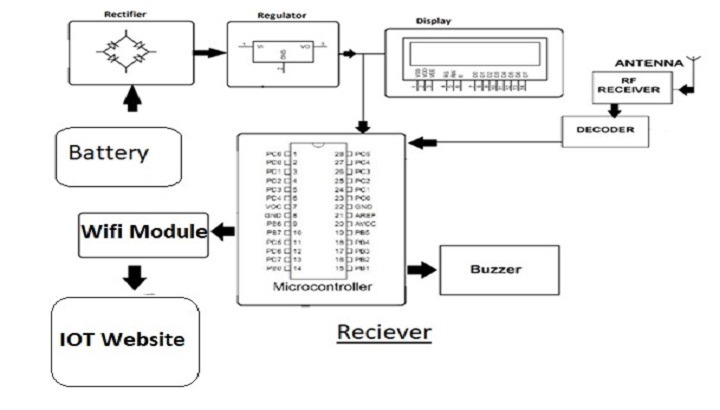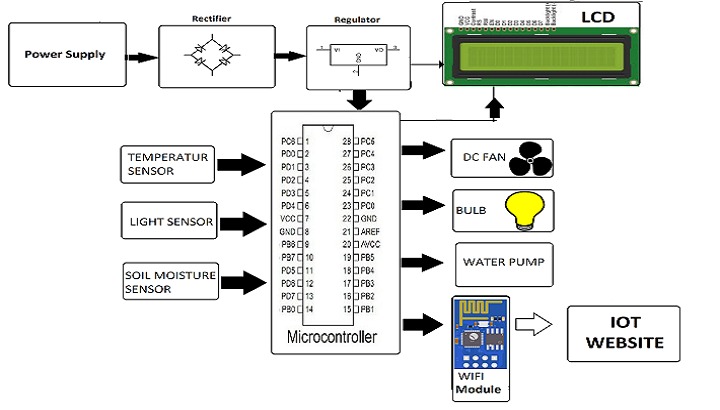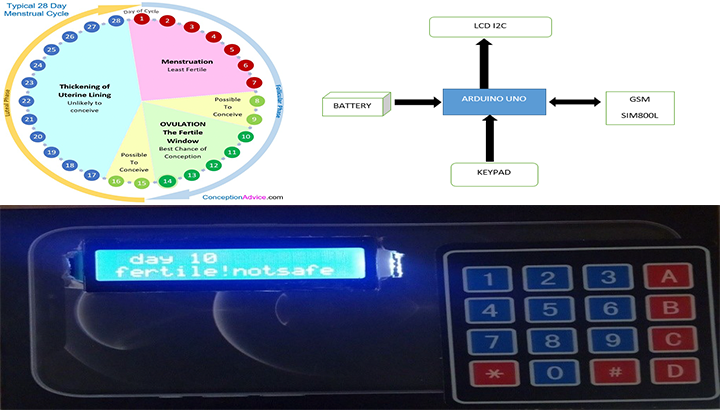Controlling Drunk Driving and Speeding Using RF and Alcohol Detection Sensor Technology
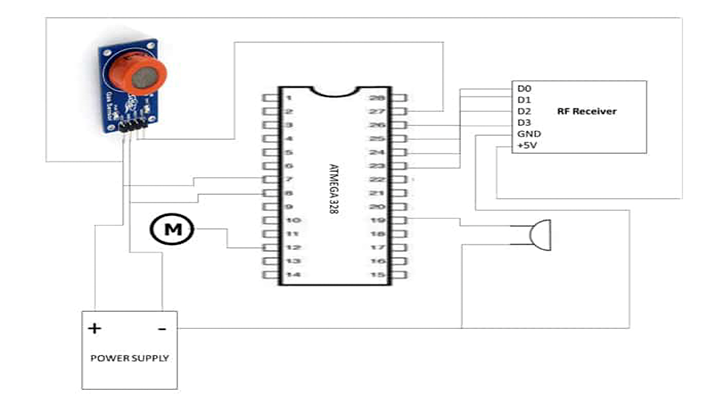
Components Required
1. MQ3 Alcohol Sensor: To determine the driver's blood alcohol content, the MQ3 sensor is employed. This gas sensor picks up on ethanol, which is the main ingredient in alcoholic drinks.
2. RF Module: The RF module wirelessly transmits data between the vehicle and the system's control center. Data can be sent and received at a distance of up to 100 meters with it.
3. Microcontroller: The general operation of the system is managed by the Atmega 328 microcontroller. It uses the information gathered by the MQ3 sensor and the RF module to process the data, regulate the speed of the car, and stop ignition as needed.
Working of the system
The RF module is used to first determine the vehicle's speed in order for the proposed system to function. After comparing this data with the posted speed limit, the system automatically adjusts the vehicle's speed to comply with the restriction if it detects that it is over it.
The MQ3 sensor detects the driver's blood alcohol concentration simultaneously. The device forbids ignition if the level is higher than the permitted limit, and the car cannot be started until the driver's blood alcohol content falls below the permitted limit.
If the driver's blood alcohol level is below the legal limit, the system allows ignition and the vehicle to start. To avoid accidents, the system will notify the driver and automatically adjust the speed if the driver's blood alcohol content is higher than the permitted limit while operating a vehicle.
Conclusion
The proposed system provides a dependable and effective method for reducing traffic accidents caused by speeding and drunk driving. The system uses advanced technology to properly monitor the vehicle's speed and the driver's blood alcohol percentage, and it automatically controls the speed to comply with the posted speed limit and prevent ignition if necessary. We hope that this system will be expanded to a larger area in the future because it has the potential to significantly improve road safety and save countless lives.
Related project idea for free
Arduino-Powered Proximity Sensing Radar
This project aims to develop a simple radar system using Arduino, incorporating a variety of electronic components including an ultrasonic sensor, buzzer, LED, LCD display, and a servo motor. The primary objective is to detect objects within a defined range and provide visual and auditory alerts. <...
Read more>>Smart Cradle System Project - IOT-Based project
The Smart Cradle System is designed to enhance the care and monitoring of infants through automation and real-time monitoring. This system integrates various sensors and microcontroller-based circuitry to provide a safe and comfortable environment for the baby. It includes features such as automated...
Read more>>IoT Based Health Care System for Paralysis Patients
The IoT-based health care system for paralysis patients is designed to enable patients to communicate various messages to doctors, nurses, or their loved ones remotely over the internet. This system utilizes a microcontroller-based circuitry to facilitate its functionality. It incorporates a hand mo...
Read more>>IOT Project for Greenhouse Monitoring and Control System
A greenhouse is an environment where plants, such as flowers and vegetables, are cultivated. It utilizes solar radiation to warm the interior, including the plants, soil, and structure, thereby protecting crops from various diseases, particularly soil-borne pathogens and those spread by rain splash....
Read more>>Smart women menstrual cycle IOT device
In Rwanda, the teenage pregnancy rates have increased from 6.1% in 2010 to 7.3% in 2015 (RDHS 2015). Furthermore, 49.6% of teen mothers had their first pregnancy between the ages of 12 and 17. Unintended pregnancy often leads to unplanned births. Some 37% of births in Rwanda each year are unplannedâ...
Read more>>
